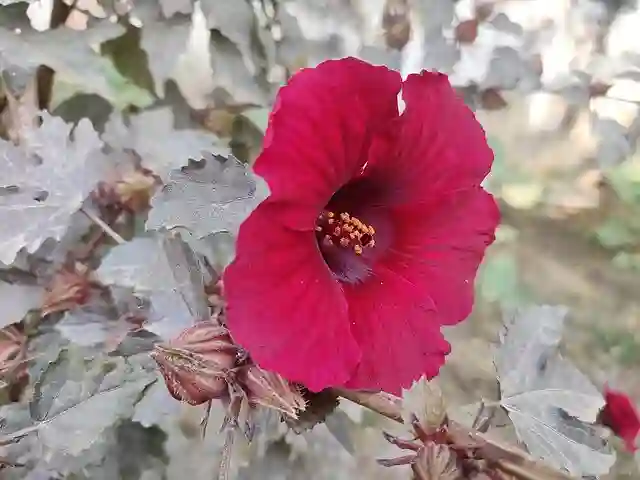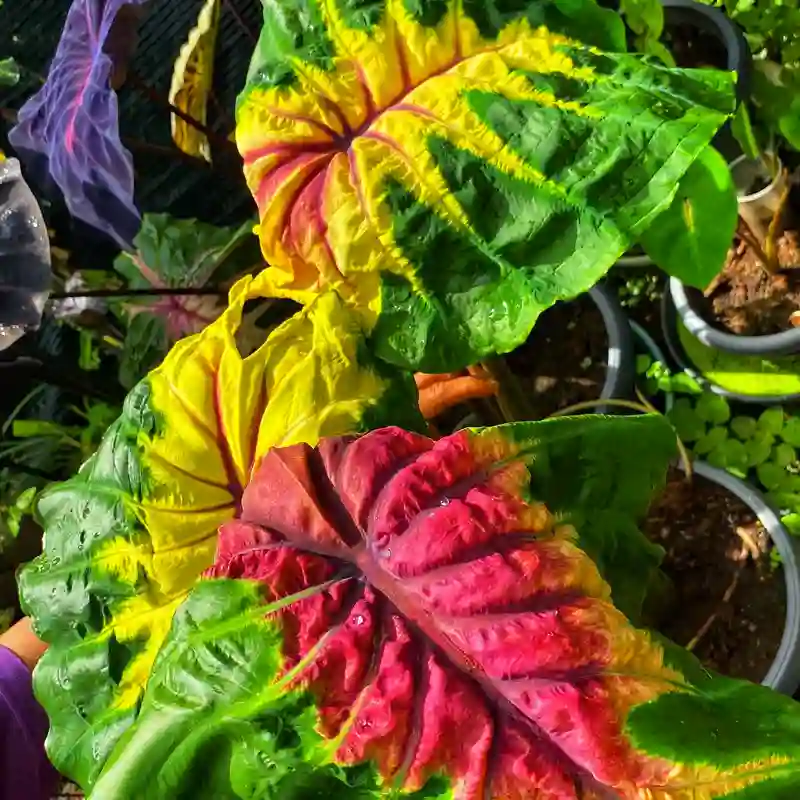My Dive into the World of Alisma
As a budding botanist, I’m always fascinated by the diversity of plant life, particularly those that thrive in aquatic environments. Lately, I’ve been captivated by the genus Alisma, commonly known as water-plantains. These unassuming plants, often found gracing the edges of ponds and streams, possess a unique charm and ecological significance that I find truly compelling.
Understanding the Alisma Genus
Alisma belongs to the family Alismataceae, a group of aquatic plants known for their adaptability to various wetland habitats. The genus itself comprises around 11 species, each with unique characteristics yet sharing a common aquatic lifestyle. They are typically perennial plants, meaning they live for more than two years, and exhibit a range of growth forms depending on the species and environmental conditions.
Alisma Species
Here are Alisma species:
- Alisma plantago-aquatica: Perhaps the most well-known, this species is commonly called the European water-plantain or mad-dog weed. It boasts distinctive, broad leaves that resemble those of the common plantain, hence the name.
- Alisma triviale: Often found in North America, this species is quite similar to A. plantago-aquatica but tends to have slightly narrower leaves and a more erect growth habit.
- Alisma gramineum: This species is unique for its grass-like leaves, a stark contrast to the broader leaves of its relatives. It’s often found in shallow water or even temporarily inundated areas.
- Alisma lanceolatum: Characterized by its lance-shaped leaves, this species is common in Europe and Asia. It prefers shallow water and muddy substrates.
- Alisma subcordatum: This North American species is known for its heart-shaped leaves and preference for slow-moving or still water.
- Alisma × bjoerkqvistii Tzvelev
- Alisma canaliculatum A.Braun & C.D.Bouché
- Alisma × juzepczukii Tzvelev
- Alisma nanum D.F.Cui
- Alisma praecox Skuratovicz
- Alisma rariflorum Sam.
- Alisma × rhicnocarpum Schotsman
- Alisma wahlenbergii (Holmb.) Juz.
Morphological Characteristics
Alisma plants exhibit a fascinating array of morphological adaptations that enable them to thrive in their aquatic habitats. Their leaves, for instance, display remarkable plasticity. Submerged leaves are often long and ribbon-like, facilitating movement in flowing water, while floating or emergent leaves tend to be broader, maximizing sunlight capture for photosynthesis.
The flowers of Alisma are equally intriguing. They are typically arranged in branched inflorescences, showcasing delicate white or pale pink petals. These blossoms attract a variety of pollinators, including bees and flies, contributing to the ecological balance of their wetland habitats.
Ecological Importance
Alisma plays a crucial role in aquatic ecosystems. Their dense growth provides vital habitat and shelter for numerous aquatic organisms, including fish, amphibians, and invertebrates. Additionally, their submerged leaves oxygenate the water, improving conditions for other aquatic life.
Furthermore, Alisma serves as a food source for various animals. Waterfowl, for instance, readily consume their seeds and leaves, while some aquatic insects feed on their submerged parts.
Human Uses
While not as widely utilized as other plant genera, Alisma has a history of use in traditional medicine. Some cultures have employed Alisma plantago-aquatica to treat various ailments, including diarrhea, urinary tract infections, and even snakebites. However, it’s important to note that scientific research on the medicinal properties of Alisma is limited, and caution should be exercised when considering its use.
Conservation Status
While some Alisma species are relatively common and widespread, others face threats due to habitat loss and degradation. Wetland drainage, pollution, and invasive species all contribute to the decline of Alisma populations in certain regions. Conservation efforts are crucial to ensure the continued survival of these fascinating plants and the ecosystems they support.
My Continued Fascination
My exploration of the Alisma genus has only deepened my appreciation for the intricate beauty and ecological significance of these aquatic plants. Their adaptability, resilience, and contribution to wetland ecosystems make them a truly remarkable group of organisms. I’m eager to continue my studies, delving further into their taxonomy, physiology, and ecological interactions. The world of Alisma is full of wonders waiting to be discovered, and I’m excited to be a part of that journey.
If i die, water my plants!



